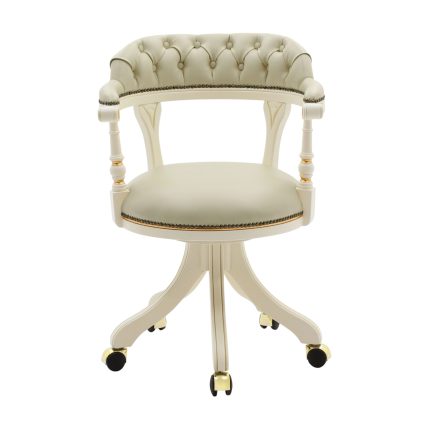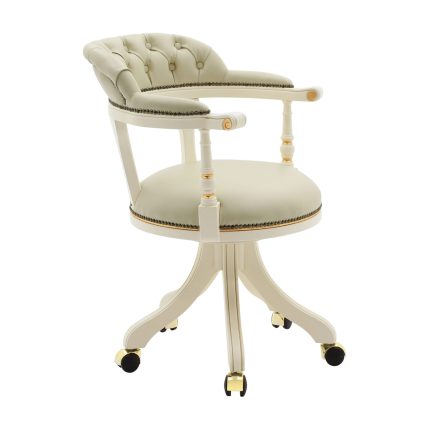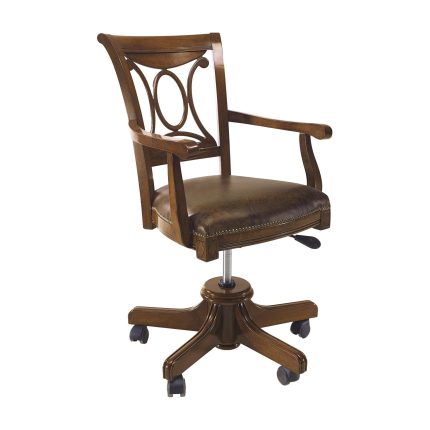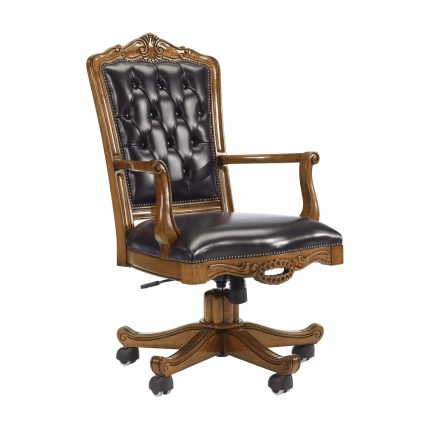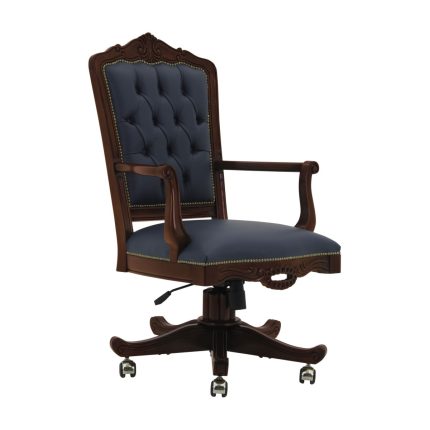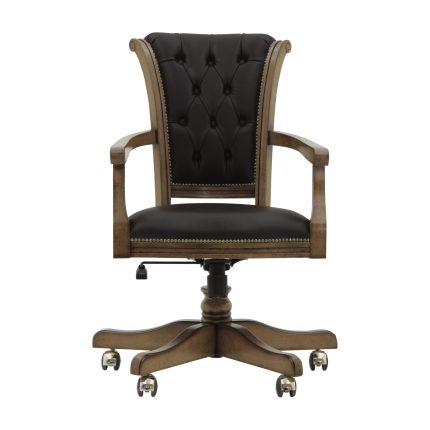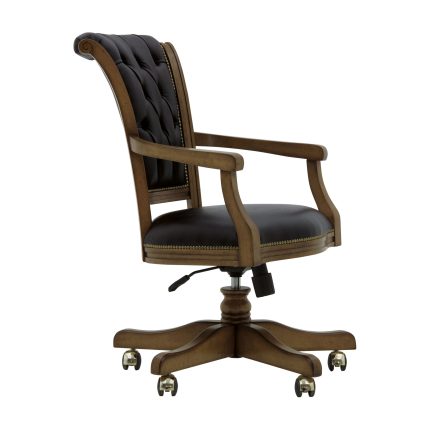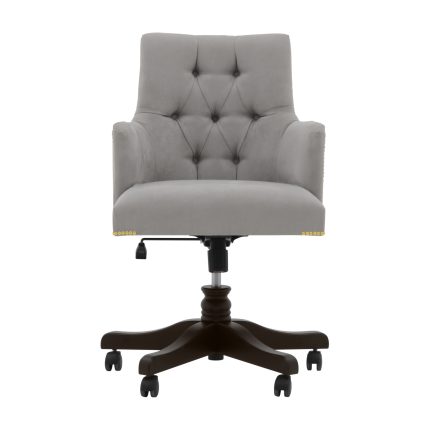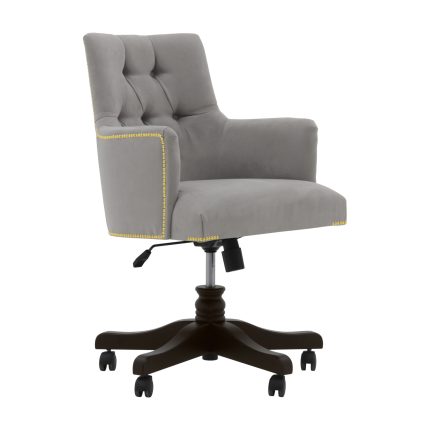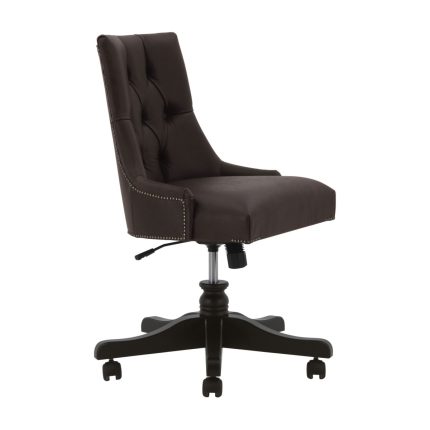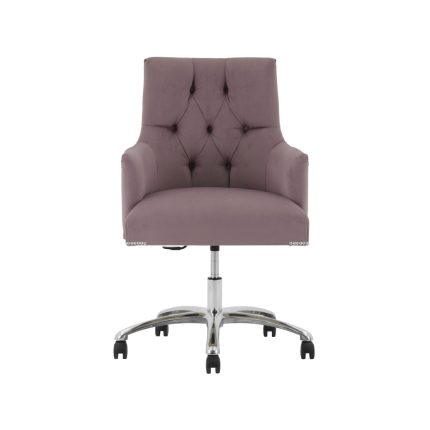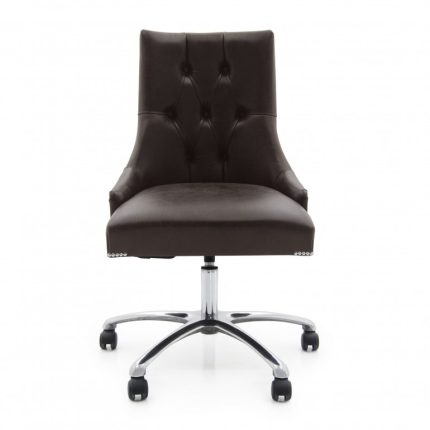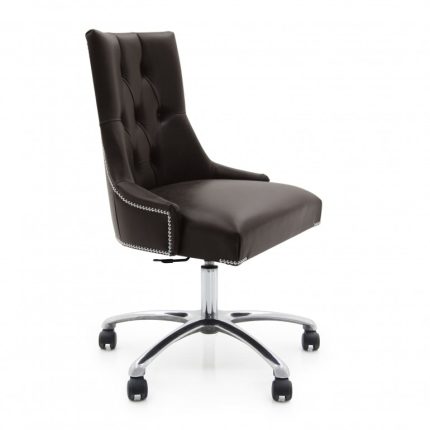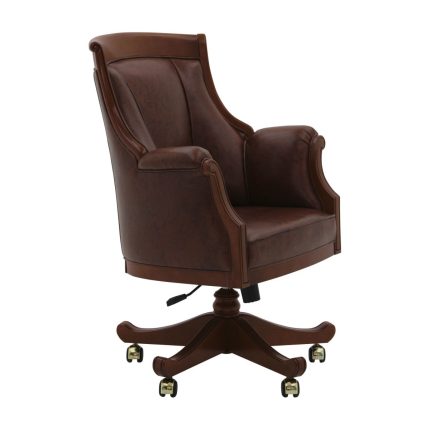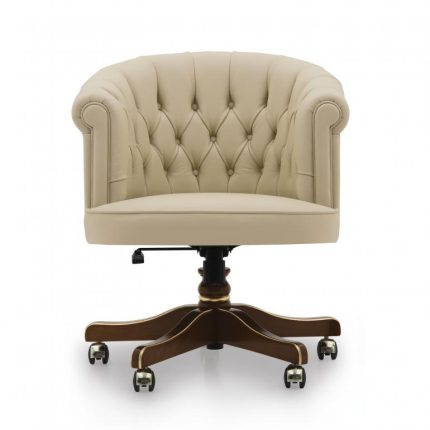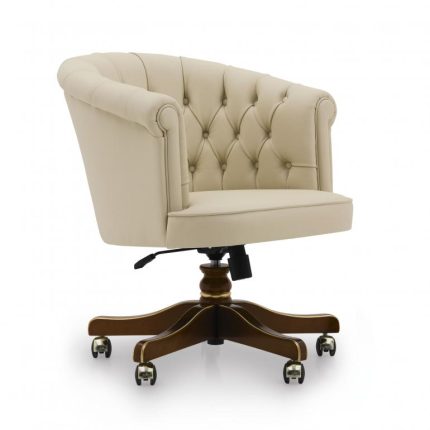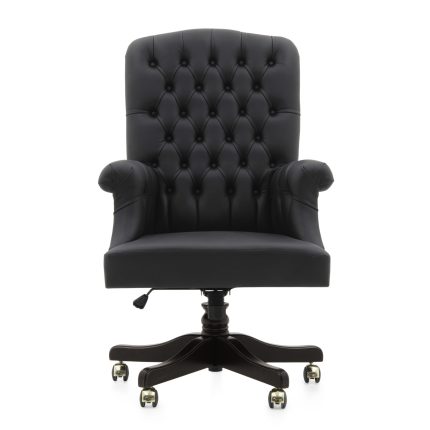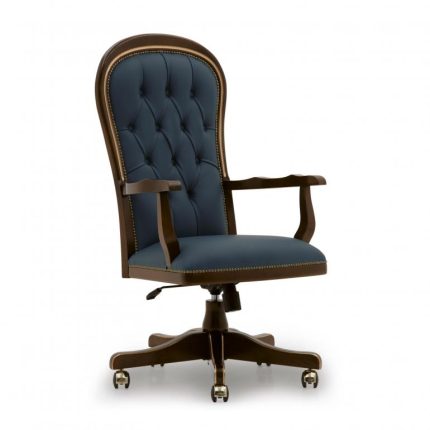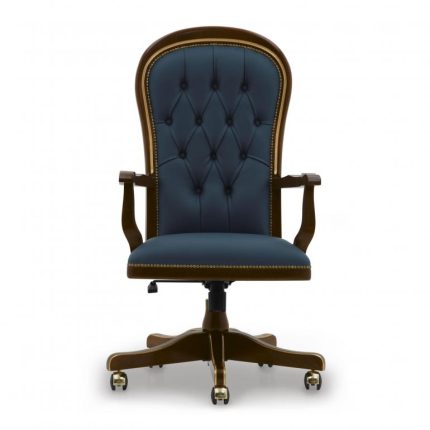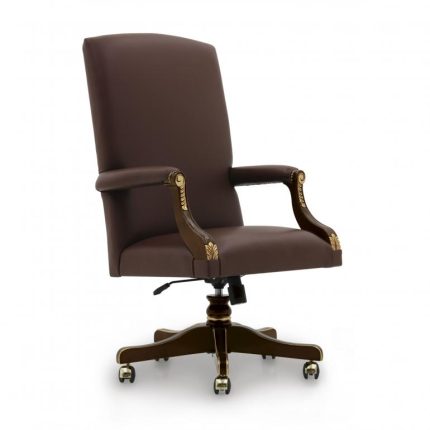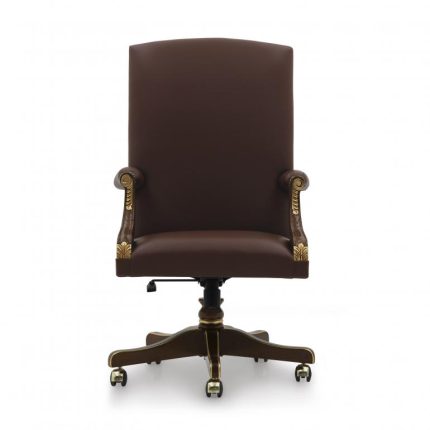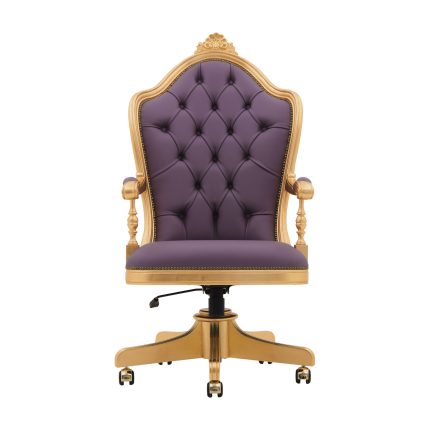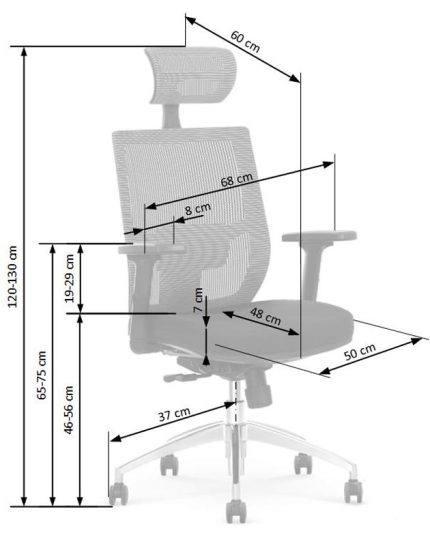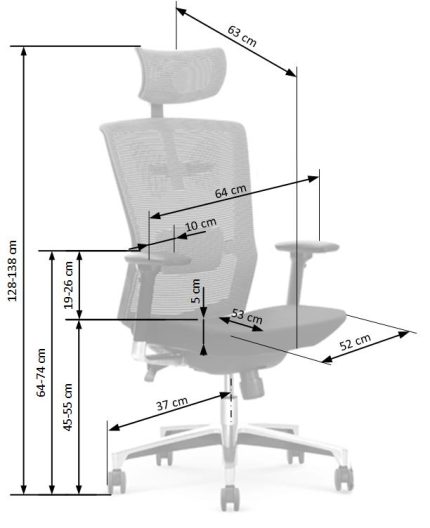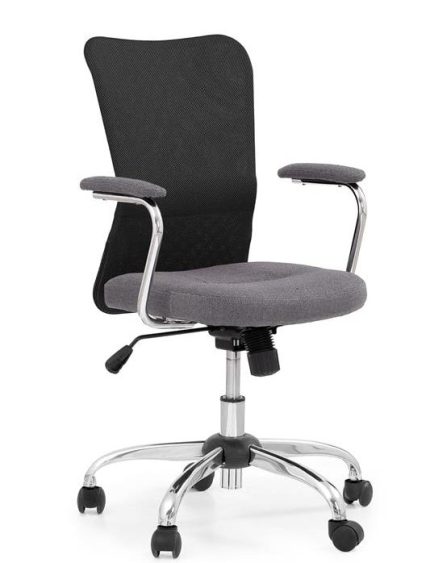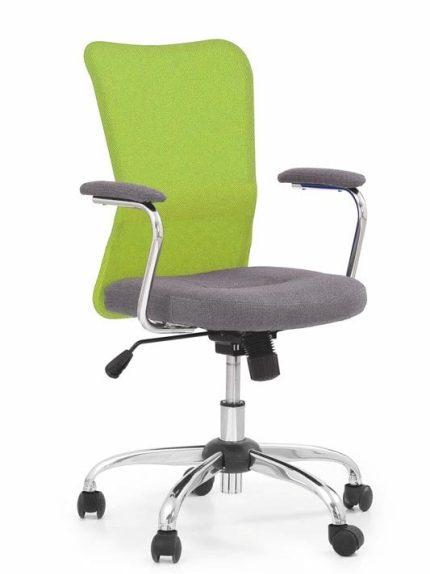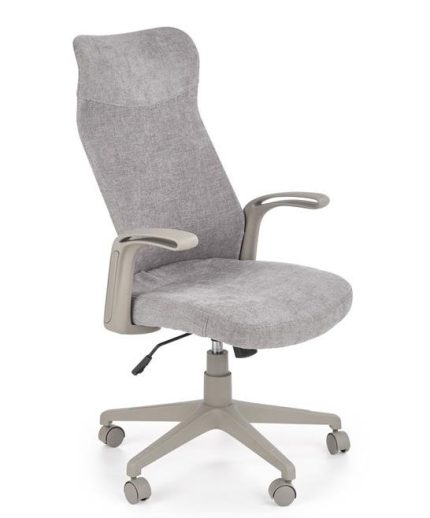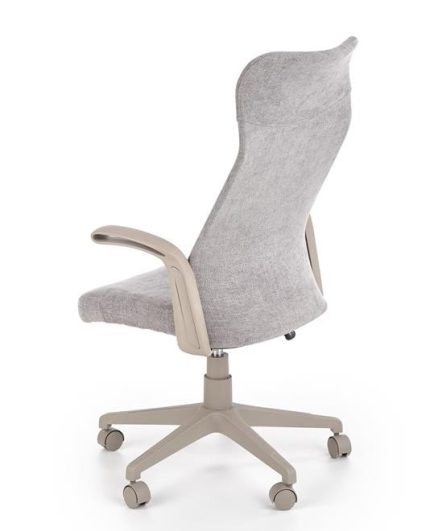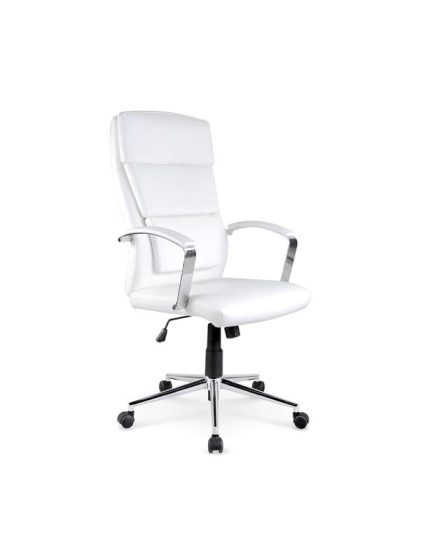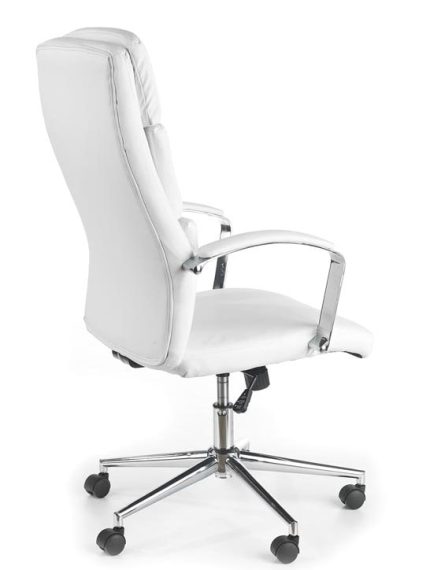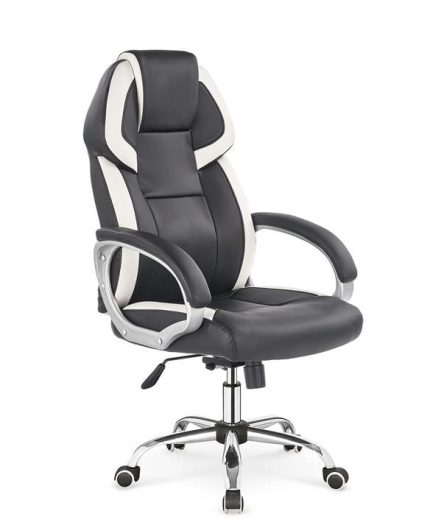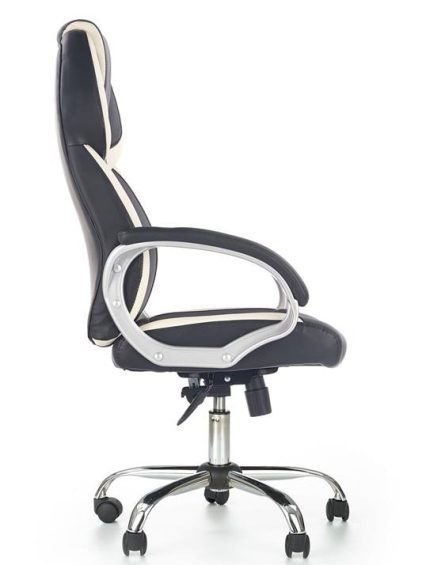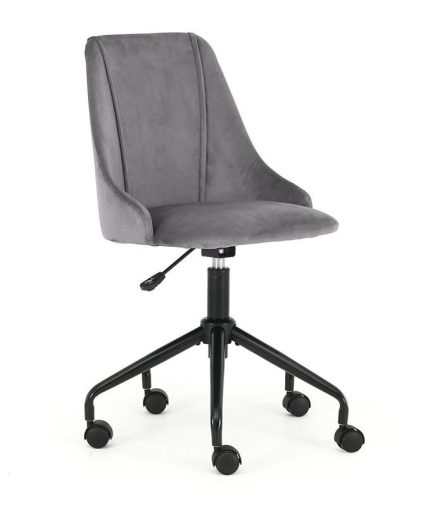Office chairs
Office chairs are an essential component of any productive and comfortable work environment. These chairs are specifically designed to provide ergonomic support and promote proper posture, ensuring the well-being and productivity of office workers.
One of the key features of office chairs is adjustability. They typically offer various adjustable elements such as seat height, backrest angle, and armrest height, allowing users to customize their seating position to their individual preferences. This adaptability helps prevent discomfort and strain on the body during long hours of sitting.
Ergonomics is a primary focus when it comes to office chairs. They are designed to provide optimal support to the spine, promoting a neutral sitting position that reduces the risk of back pain and musculoskeletal disorders. Features like lumbar support, contoured seat cushions, and adjustable armrests contribute to maintaining proper alignment and reducing fatigue.
Comfort is another crucial aspect of office chairs. They often feature cushioned seats and breathable upholstery materials to enhance comfort during extended periods of sitting. Some chairs may also incorporate additional features like padded headrests or footrests for added relaxation.
Durability and quality construction are important considerations for office chairs. They are subjected to frequent use and should be able to withstand the demands of a busy office environment. Sturdy frames, high-quality materials, and robust mechanisms ensure longevity and reliability.
Office chairs also play a role in the overall aesthetics of the workspace. They come in a variety of designs, colors, and finishes to complement different office styles and create a cohesive look.
In summary, office chairs are designed with ergonomics, adjustability, comfort, durability, and aesthetics in mind. They provide essential support for office workers, promoting a healthy and productive work environment. Investing in high-quality office chairs is crucial for the well-being and efficiency of employees.


